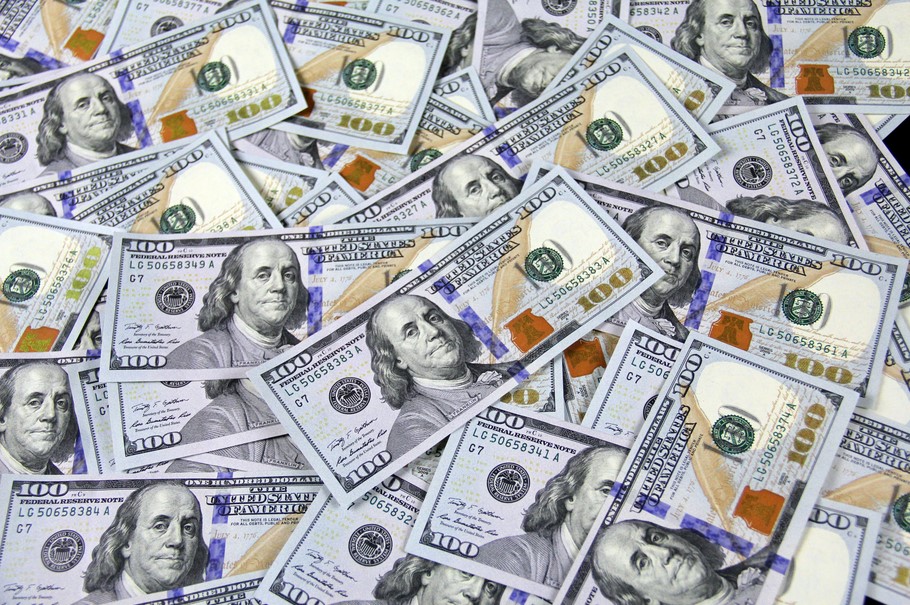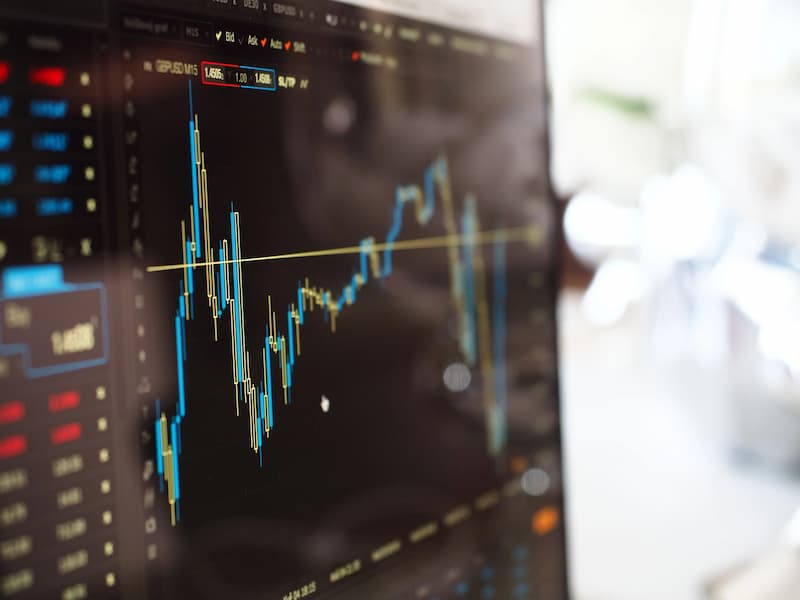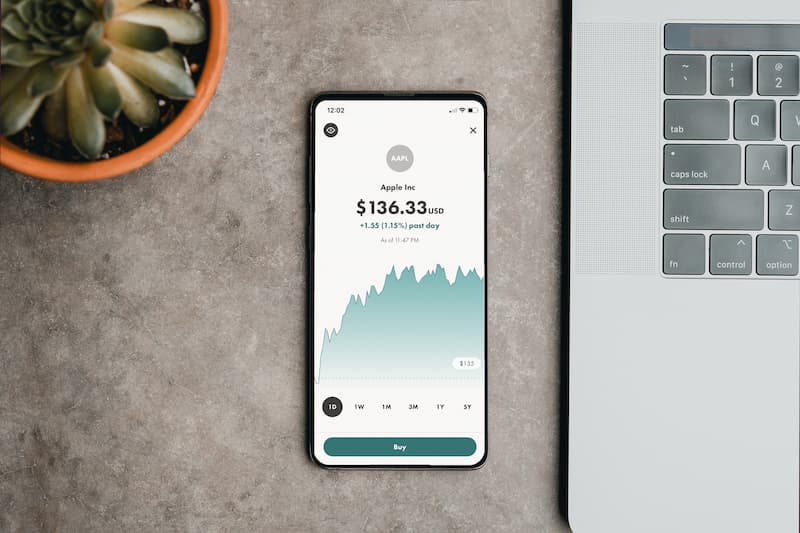The market’s downward trend accelerated through September as the global markets were continually roiled with uncertainty. The S&P 500 declined more than 9% during the month, reaching a new low for the year. The Federal Reserve (Fed) proceeded with yet another 75bps interest rate hike in an effort to tame inflation and as result, sent a signal to the markets that they are truly stopping at nothing to achieve that goal. Global markets also saw turmoil with the British Pound crashing and the Euro closing below parity with the dollar at month end.
A slowdown in GDP growth, whether imposed by policy or naturally occurring, has taken the grip of almost all markets. WTI crude oil has dropped below $80/barrel, a level not seen since early January of this year. Copper, a metal vital to the continued push for clean energy and electric vehicles not to mention many other industrial applications, has seen its price fall over 20% through month end. Both of these commodities derive much of their present price from future demand. As GDP growth around the world continues to slow, the potential demand for commodities like copper and oil fall. This results in a lower price today. While this certainly is welcomed in a world of heightened inflation, the input of commodity prices on inflation statistics occurs on a lag.
Just like commodities affect inflation on a lag, so does the cost of shelter. As the largest component of CPI, housing has an outsized impact on inflation and is currently still elevated on a year over year basis. While it is probable we have seen the peak in inflation, we may have more months of slow declines in the inflation rate as housing prices (from rents and home purchases) work their way through the statistics. If inflation continues to remain high, as outlined above, it may signal to the Fed that more rate hikes are needed.
The Fed raised interest rates again at the September meeting, continuing their attack on inflation. While the amount of the rate increase (.75%) was not unexpected, the comments from chairman Powell left the market off balance. The days following the rate hike announcement saw an abrupt repricing, shooting rates higher and stocks lower. Based on his speech, it seems the Fed will not stop raising rates until they see inflation under control.
One of the side effects of the Fed’s rate hike policy is the dollar strength when compared to other currencies. Almost all currencies have lost value against the dollar this year as a result in part by interest rate differentials between countries. As the Fed raises rates faster than other countries, the yield on US Treasurys becomes more attractive to investors. In the case of countries like Britain, where the central bank and the government are going in different directions at an extreme, the result is a crashing currency. The crash of the British Pound was so astonishing that the central bank of England announced they would buy government bonds a few days later to assist the market in its operation.
Given what is happening in markets today and the stance policy makers are taking, the prospect of a sustainable rally has diminished. While nothing is impossible when it comes to markets, the adage that reigned supreme after 2009 seems to continue to hold true, “don’t fight the Fed.”







